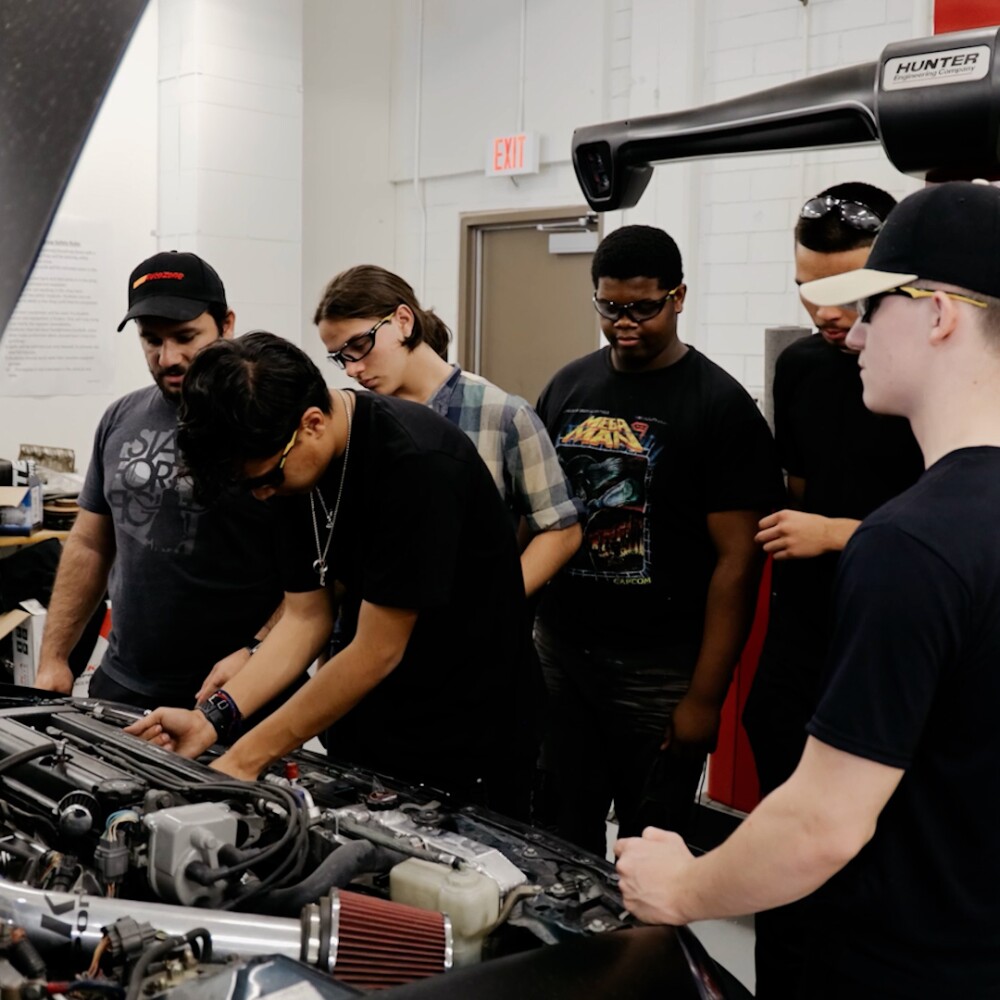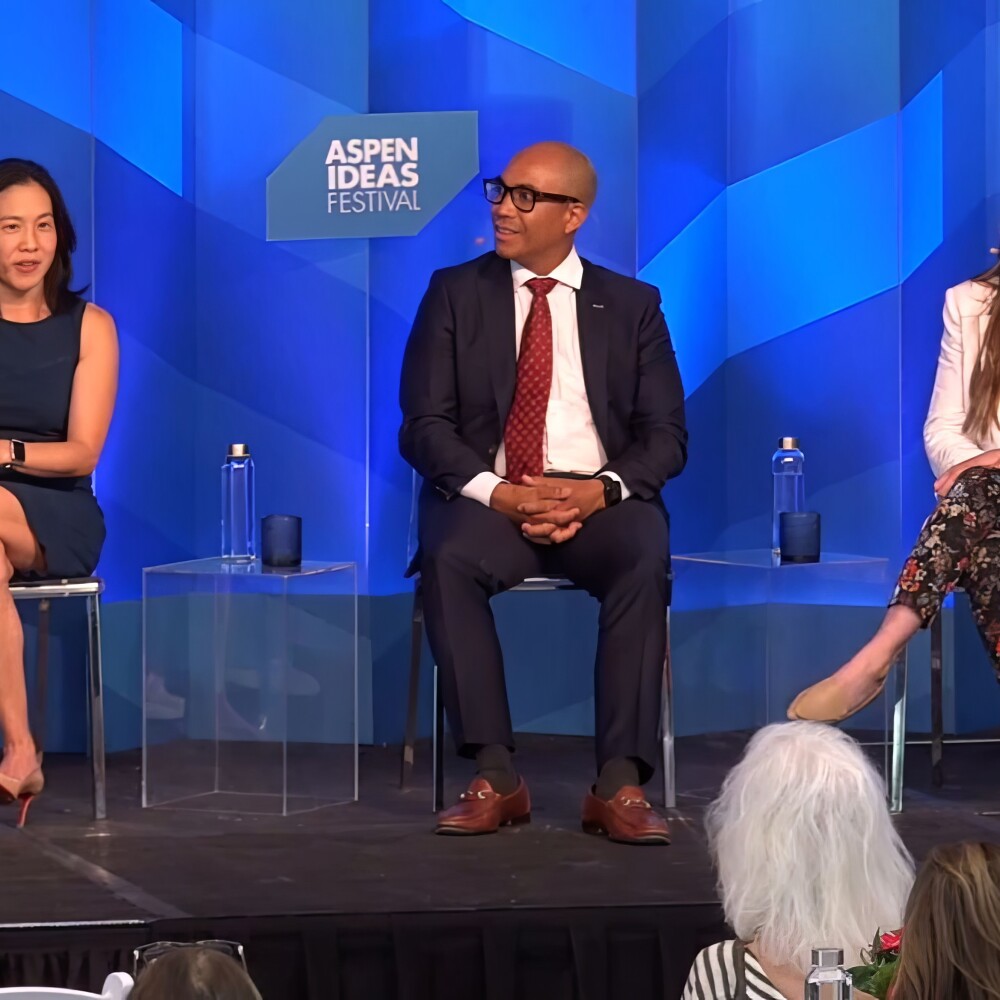There’s no way to sugarcoat the pandemic’s massive disruption to K-12 public education. The effects should haunt all Americans as we enter a new year.
First, student school life was shattered. Young people were cut off from academic learning, relationships with friends, teachers and other adults, and services such as school breakfast and lunch. Not all were affected negatively but most were, and low-income students were hit hard on all fronts. Commenting on learning loss, Mark Schneider, director of the U.S. Institute for Education Sciences, said, “Different test. Same story.” Academic declines are projected to produce a 1.6 percent drop in average lifetime earnings for today’s students, a nationwide total of $900 billion.
Mental health visits for 5- to 11-year-olds increased 24 percent, compared to 2019, and visits for 12- to 17-year-olds rose almost 31 percent, the U.S. Surgeon General reports. And since the pandemic’s start, 70 percent of public schools have reported an increase in the number of children seeking school mental health services, according to the National Center for Education Statistics.
Second, public school enrollment declined. Since 2020, parents have moved children to new educational settings, shrinking enrollment by almost 1.3 million students (decreasing birth rates and immigration account for some decline). Large urban districts experienced a significant enrollment decline, especially those with long periods of remote-only learning. Parents enrolled children in private and parochial schools, micro-schools, and learning pods. Homeschooling reached record enrollment levels.
Third, many school districts face a financial cliff. Declining school enrollment means less school funding since funding is based on student enrollment. Additionally, inflation increases district costs on all fronts, from food to fuel. Finally, federal pandemic relief funds must be fully obligated by September 2024. These factors produce a significant revenue decrease for school systems, creating a fiscal cliff.
The pandemic disrupted K-12 education in ways no one living today has experienced.
Fourth, parents see problems and want solutions. More than two-thirds (69 percent) are worried their child isn’t on track in school, almost twice as many as pre-pandemic (35 percent). Nearly six in 10 want schools to use statewide tests that track student learning so schools know what help students need. Nearly two-thirds (63 percent) worry about their child’s mental health. All this leads nearly six in 10 (56 percent) parents to say schools must rethink how they educate children and create new ways to teach them, and more than 70 percent want new in-school and out-of-school programs.
Fifth, high schoolers are changing post-high school plans. The 2022 graduating class lived more than half their school life during the pandemic. More than one in three (36 percent) report making changes in post-high school plans, with a 14 percent decrease in those saying they will enroll in college, compared to pre-pandemic. Three out of four (74 percent) seniors want to attend college, but face new challenges; Hispanic, Black and male seniors are less likely to want to attend college than in 2019. Finally, an already declining average ACT score, a college admissions test, accelerated during the pandemic.
Sixth, current actions to solve problems are inadequate. One recent study shows that, on average, over summer 2022, “Students lost less ground … compared to pre-pandemic trends.” But learning has not accelerated and the rebound is uneven, with third-graders taking the greatest achievement hit. Additionally, districts are spending the federal $190 billion pandemic relief support at a “snail’s pace.” The 25 largest school districts that used remote learning for at least half the 2020-21 school year spent, on average, only about 15 percent of relief funds. Current law requires money be spent by 2025. So recovery efforts, as promising as some might be, face an “urgency gap” with “little evidence of systematic catchup.”
The onus is on K-12 advocates and stakeholders to up their game and do what it takes to support families and students to make up for lost ground.
The pandemic disrupted K-12 education in ways no one living today has experienced. The debate about whether school closures were mistaken will continue. But three points are clear:
First, the current effort is short of what’s needed.
Second, there’s no returning to the pre-pandemic way of doing things.
Third, we owe young people a bolder, more imaginative effort than what’s been tried thus far.
Programs that accelerate student learning do exist, including evidence-based ones like intensive small-group tutoring; competency-based instruction that develops specific student knowledge and skills; summer school; extra instruction in core subjects; lengthening the school year; and offering modest financial incentives to students, parents and teachers. Elected state leaders have expanded school-choice options or created new ones, including open enrollment across school district boundaries, vouchers, tax-credit scholarships, and education savings accounts. This creates a more pluralistic K-12 system with increased educational options for families and students.
As we start a new year that’s not anticipated to be all that happy for K-12 education, the onus is on K-12 advocates and stakeholders to up their game and do what it takes to support families and students to make up for lost ground.
This article was originally published in The Hill on December 30, 2022.



